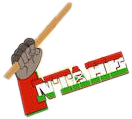By Susan Kendi
Number One meant death, Number Two injuries and Panadol was for escape, while waya (wire) referred to civilians in the coded language used by the Lord’s Resistance Army, a witness told judges on January 23.
The secret codes used by LRA commanders and their meanings were revealed at the trial of former commander Dominic Ongwen at the International Criminal Court as the prosecution’s third witness began his testimony.
A picture of how the LRA used to operate began to emerge when the witness took the stand in the sixth day of hearings since the trial began on January 16.
Testifying under a protected identity, the former LRA signaler said to have intimate knowledge of the group, said a very limited number of communication records were kept.
“Things with [LRA boss Joseph] Kony were uncertain and kept on changing. The four people present during LRA communications were the signaler, who carried and connected the call, intelligence officer, the commander and the administration officer who kept written records.” Other than call signs, recognition of the signaler and commander voices aided one to easily identify voices of those played on records.
The overall commander of the LRA owned the call signs. Since it was the role of the signaler to speak on the radio on behalf of the commanders, he could easily identify which commander was on radio. As a commander, one could have up to 10 calls signs since if there is a new one the old one changes.
The “Director of Signals” assigned codes during meetings, but he would sometimes delegate the duty to others. The call signs were constantly being changed, the witness added. The head of signals decided which frequencies people would use. “I was not able to pass messages farther than Gulu and Sudan. In Uganda, we only passed messages to people who were in the North.”
The witness is said to have fled from the LRA but was traced the Office of the Prosecutor in a span of one week and approached to identity the voices of the people who were speaking in LRA recorded conversations by playing him an audio recording, transcribed into Acholi so as to resolve any language barriers and miscommunication between them.
Although Ongwen’s lawyer objected to the prosecutor’s questions on the transcripts of the audio recordings, suggesting that the witness was being given preferential treatment, Presiding Judge Bertram Schmitt overruled him.
The prosecution played a recording in which the witness identified the first speaker as Ocen, who was a signaler with similar training as himself; the second speaker as Ongwen, the third as Joseph Kony and the fourth as Labong. “They were talking about the battles which took place in Odek.”
Kony: “You have cleaned the backside of my mothers?” [which translated to have you (killed) my mothers, in Acholi.] “I am very happy so many people were killed.”
A second recording is of the exchange between Vincent Otti and Lapalpiny (Kony) reporting the looting of items like guns, bombs, full magazines, uniforms and gumboots,” he said.
Otti tells Lapalpiny that there were nine enemy soldiers dead. “I have abducted a number of people. Over. There is a mixture of men and women.”
Kony replied, “All those things should be safeguarded.”
The witness recalled Ongwen’s call signs. The LRA used TONFAS code and proverbs to communicate. For example, the Acholi term for firewood was used to refer to guns.
Ongwen is on trial for 70 charges of war crimes and crimes against humanity committed during four attacks in Pajule, Odek, Lukodi and Abok between October 2003 and June 2004, which affected 35,000 people. Some 4,000 victims are participating in the trial.
The hearing continues.







